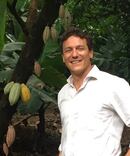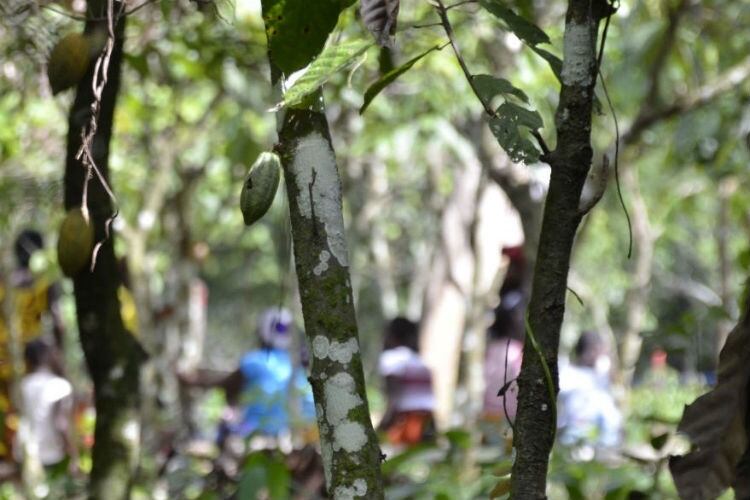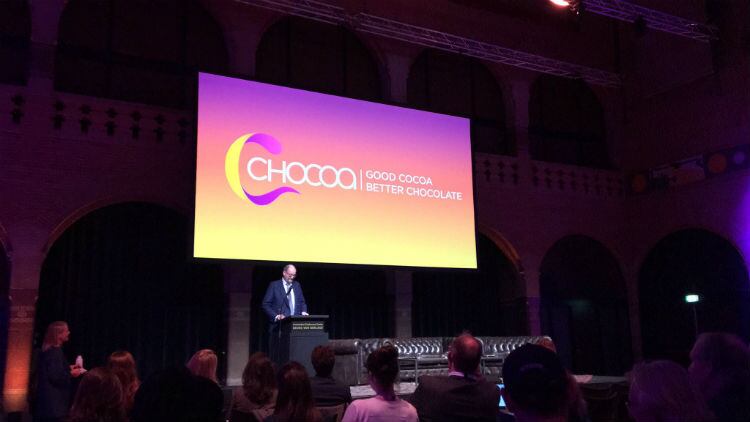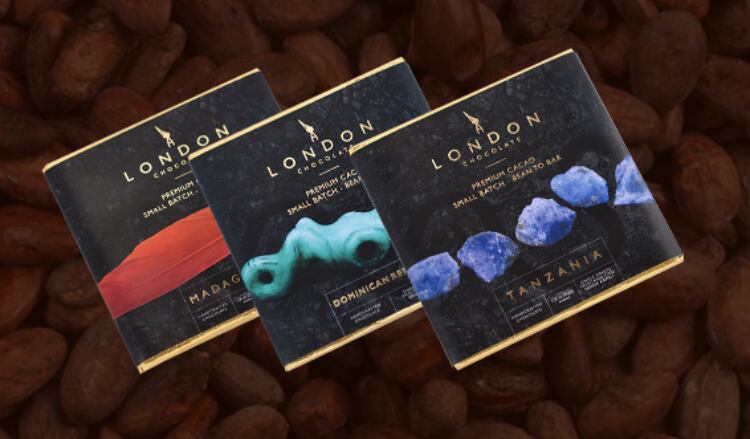Through its Cocoa Life program, Mondelēz International was the first company to raise the issue of deforestation in the cocoa industry in 2015 at the COP21 in Paris and to call for sector-wide, multi-stakeholder interventions, while at the same time investing directly in solutions.
Four years on, Cédric van Cutsem, associate director Cocoa Life, operations, Mondelēz International, attended Chocoa in Amsterdam last week and sat down with ConfectioneryNews to update and expand upon the company’s progress on sustainability in general, but more specifically, deforestation.
Cocoa farmers and their communities face several complex challenges, including social, environmental, financial and productivity. Cocoa Life is changing this, he said. “The program co-creates solutions with a range of partners to make cocoa farming a business of choice, and to build communities that take on their own development while conserving the natural resources.”
Cutsem said that, since Cocoa Life was introduced in 2012, there was already a focus area looking at the environment in general.
So stop the talk, show the money, and move into action
It’s no surprise that cocoa is Mondelēz’s main commodity, and its biggest impact is deforestation due to climate change. “I get questions from farmers saying the rainfalls have changed and many are experiencing severe periods of drought. Climate change is a reality on the ground and farmers are asking us recommendations,” he said.
Cutsem said Coca Life has already established initiatives to tackle child protection and women empowerment but needed another ‘cross-cutting’ team to look at climate change.
“This means that everything we do around productivity and community livelihood, we always want to bear in mind climate change and what can be done in that aspect.”
Cocoa Life published its climate change strategy two years ago and Cutsem gave a presentation to delegates at this year’s Chocoa Conference, which highlighted a three-pronged approach: People, Produce, Protect.

People: Deforestation can’t be addressed through cocoa farmers only, so Cocoa Life involves the entire community.
So far, Custem said, Mondelēz’s program had trained more than 88,000 farmers on good agricultural practices such as how to best use pesticides and the benefits of planting non-cocoa trees.
It has also planted over a million non-cocoa trees on cocoa farms in Ghana alone, with plans to plant 700,000 more in Cote d’Ivoire. “These trees make cocoa farms more productive, through diversification and by providing shade, and help absorb carbon emissions.”
Produce: Cocoa Life understands farmers don’t deforest because they want to; they do it because it’s a source of income. The program works to make cocoa farming a business of choice for farmers and their families.
“We need to make sure what we recommend will provide more financial stability to the farmers. So we should not just do it at any cost,“ Cutsem told ConfectioneryNews.
Protect: Understanding where and under which conditions cocoa is produced is critical for changing farmer behavior.
Cocoa Life is a founding member of the Cocoa and Forest Initiative (CFI), which means meeting frameworks that define core commitments, verifiable actions and time-bound targets – “all of which are crucial for a deforestation-free and forest positive supply chain,” Cutsem said.
“When we announced the strategy, that's when we had the first discussions around the Cocoa and Forest initiative, which we saw as a perfect opportunity in momentum to bring all the right stakeholders around the table because it's not something we can solve alone. It's not something the industry can solve on our own, we need government, we need civil society. We need all stakeholders around the table.
“And actually it's not even about cocoa. We need to have a landscape approach … someone raised the question here at Chocoa – ‘what about the timber companies and other crops?’ They also need to be part of the discussion on deforestation.”
The solution, said Cutsem, “is about really sustainable production and better use of agroforestry ... we need shade trees and other economic trees on cocoa farms to make them more resilient to severe droughts and so on, but we need to make sure we have the right models for this strategy.”
Instead of farmers producing 1.5 tons from three hectares, Cutsem told the conference it would be more practical to produce 1.5 tons from one hectare, “and use the other two hectares for other businesses and diversification and stop expanding into protected areas. So that's really the principle we have between all the work we're doing around produce.”
Farm mapping
Custem said one of Mondelez’s biggest commitments on deforestation is farm mapping.
He said the program has mapped over 71,000 Cocoa Life farms in partnership with suppliers and tracked possible tree cutting associated with cocoa farming by using an innovative tool provided by Global Forest Watch.
“It's a bit of a moving target, because every year new farms are added to the program because we have a serious scale up. But by the end of 2018, 70% of the farms that we had in the program in West Africa had been mapped. The baseline is changing because we are adding more farmers and we are always playing catch-up, but ultimately the idea is to be a 100%.”
Cutsem said farm-mapping data is available on the Cocoa Life website.
Regarding agroforestry, Cutsem said Coca Life engages with communities to see if they can join collective agreements to commit to protect remaining forest or even to reforest some rural areas.
Traceability
“Traceability really starts from the co-operative or from the farmers’ organization, and then indeed you can keep track of your cocoa from the co-operative or that first correcting point. If you want to your final bar, the part that is missing today and the one that is really needed is the traceability from the farm to that first connecting point,” said Cutsem.
“We are working on it. But what I was insisting on yesterday [in the Conference] was for now, it's 31 companies that signed the CFI framework for action, which is great. This sort of traceability, this sort of requirement, to map farms with whom you interact needs to become mandatory. Otherwise, you will always have an informal supply chain that might continue, because we don't have proof and evidence, but might continue with, let's say, bad practices and we need the entire supply chain to commit to this and it should not be a voluntary standard.”
Finance
Custem called for more funding from the industry as a whole. He estimated that a successful agroforestry initiative with the planting of new trees could cost up to $30m. “I’ve heard about money being available here, money being available there, so far I haven't seen anything tangible. We did have some current investment from the government of Cote d’Ivoire, which is extremely positive, but it's now time to unlock these millions that people talking about to use it on the ground and it is quite urgent. So stop the talk, show the money, and move into action.”




